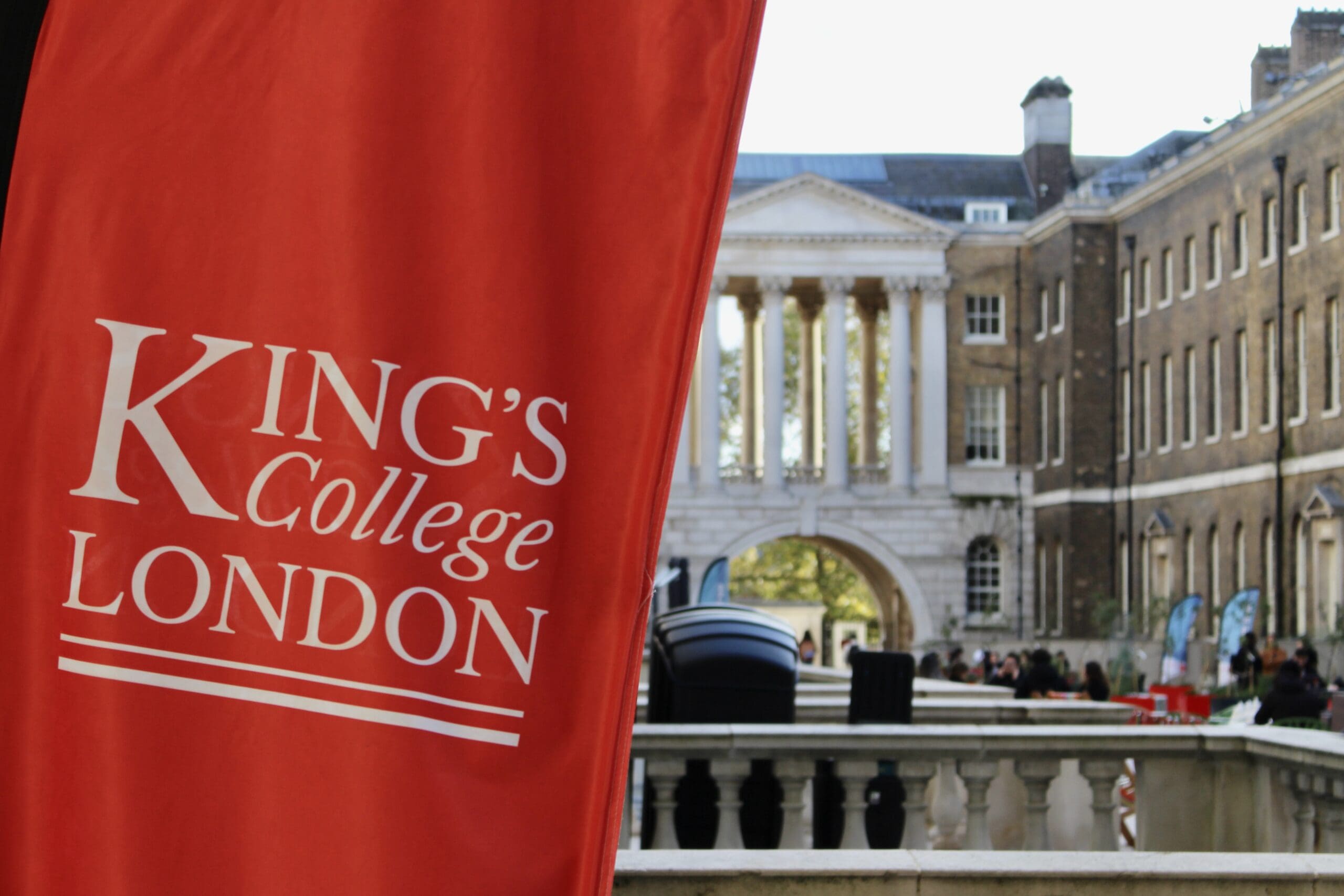13:30
Extended TQFT, gauge theory, and Measurement Based Quantum Computation
Abstract
Measurement-Based Quantum Computation (MBQC) is a model of quantum computation driven by measurements instead of unitary gates. In 2D it is capable of supporting universal quantum computations. Interestingly, while all measurements are local, the computational output involves non local observables. We will use the simpler case of 1D MBQC to illustrate how these features can be captured by ideas from gauge theory and extended TQFT. We will also explain MBQC from the perspective of the extended Hilbert space construction in gauge theories, in which the entanglement edge modes play the role of the logical qubit.
The wild Brauer-Manin obstruction
Abstract
A way to study rational points on a variety is by looking at their image in the p-adic points. Some natural questions that arise are the following: is there any obstruction to weak approximation on the variety? Which primes might be involved in it? I will explain how primes of good reduction can play a role in the Brauer-Manin obstruction to weak approximation, with particular emphasis on the case of K3 surfaces.
information velocity
Hello all, we are the Mirzakhani Society, a group for all the women and non-binary mathematicians at Oxford. We run lots and lots of relaxed events from pizza nights to career conferences. Our main aim is to create a warm and welcoming environment for women* to come together and chat about life, maths and anything in-between.



